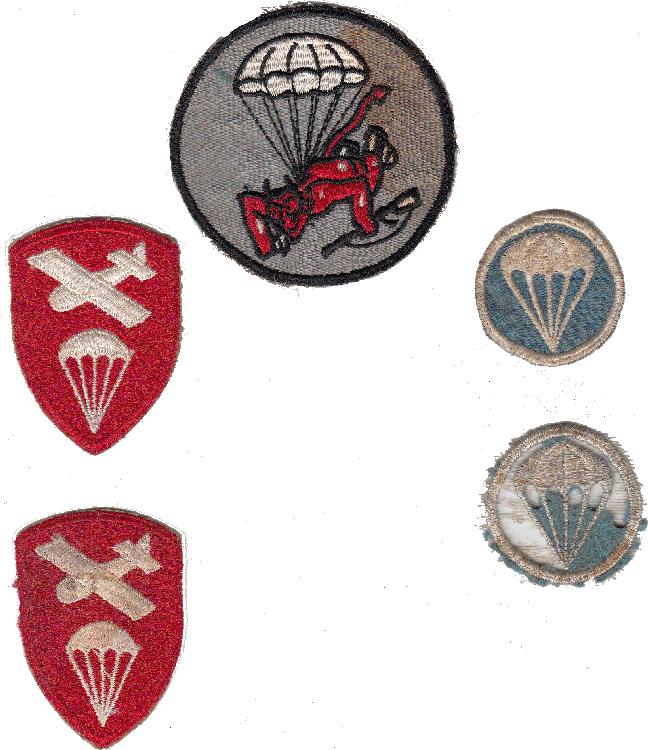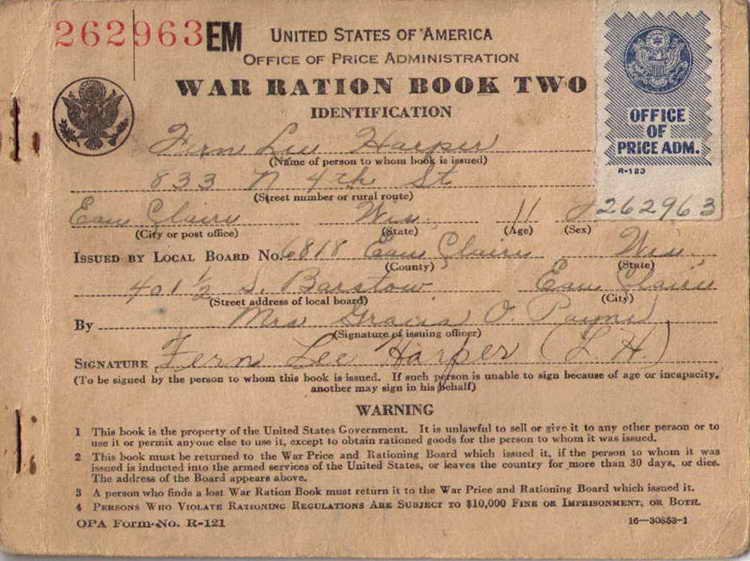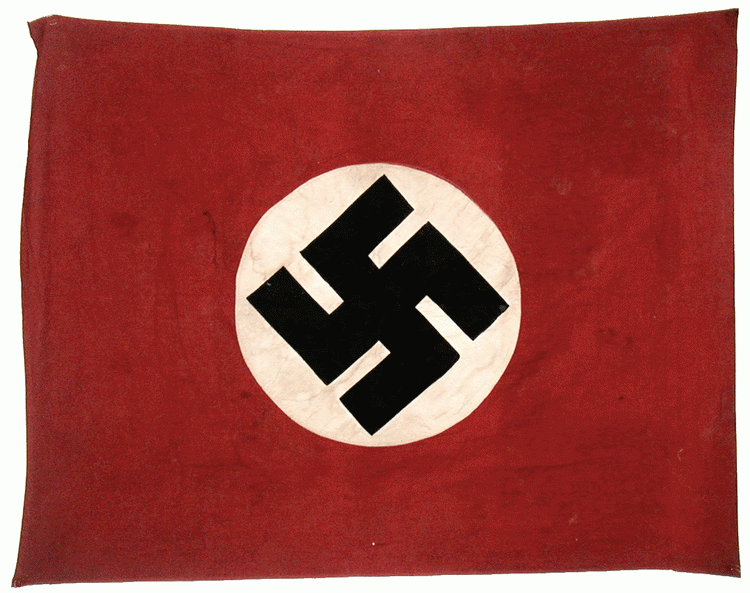Awards and Uniforms
AWARD DISPLAY CASES
Don Biles Display #1
WW-II Victory Medal, Good Conduct Medal, and American Campaign Medal as well as various patches are shown in this display for Donald M. Biles, who served in Company I.
(Photos courtesy of Leslie Rode Keefe)
Don Biles Display #2
EAME Medal with 3 campaign stars, an unidentified Commemorative medal, Bronze Star and Purple Heart, Parachutist Badge, Combat Infantryman Badge and Presidential Unit Citation highlight the case which also includes rank and service stripes and other insignia
Joe Cananzey Display
includes Belgian Fourragére and Dutch Order of William Lanyard, Bronze Star Medal, Purple Heart with OLC, EAME with 4 Campaign Stars and Bronze Service Arrowhead, CIB and 'Ruptured Duck", amongst other miscellaneous awards
Donald L. King
(Co B) has a very complete arrangement including small items such as a dog tag, a pair of jump wings and his CIB.
Of greater significance is his Purple Heart and Bronze Star which he received "for Meritorious Service ..."
Eulalio Morales (Co A)
includes Parachutist badge, 82nd Airborne insignia, and medals for Purple Heart, American Campaign, European African Middle Eastern Service, WW-II Victory and Pfc rank insignia(courtesy of Mrs. Kathy Moraes)
John La France (Co C)
includes Parachutist badge, and medals for Purple Heart, American Campaign, European African Middle Eastern Service, WW-II Victory and a "Ruptured Duck" pin
David D. Liebmann (Co E)
was a 2nd Lt. when he joined the 508th in England following the Normandy campaign. He was promoted to 1st Lt. shortly thereafter and ultimately made Captain.
THOMAS CLEVENGER'S PATCHES
Patches removed from clothing articles of Thomas Clevenger, F Co
(courtesy of "Glen")
HEY, BUDDY, GOT A LIGHT?
If you lost your G.I., Flashlight during the war, maybe this one is yours.
It was found recently by Fabian Boon of Belgium who has no idea of what unit its owner may have been in but passed it along as an item of interest.
CHET GRAHAM MEMORABILIA
Personal display of insignia and medals of Chet Graham
Helmet bearing the 2nd Battalion's lightning logo and his captain rank insignia on the rear
Items are from the personal collection of Chet Graham
Items that are reminiscent of, or belonged to Chet Graham and are now in a collection owned by Patrick Collet (Gen, ret.) of France
DONALD HANSEN'S MEMORABILIA
Parachute School Grad
Donald became a certified parachutist on 10 October 1942. Although not listed as a cadre member, he may have served in that capacity.
IKE JACKET
remains in the same condition as the day he returned home. note the "Ruptured Duck" emblem over the Distinguished Unit Citation on the right chest
Airborne and All American
shoulder patches are seen above James's sergeant insignia.
Parachutist Badge with one star denotes his participation in Normandy and Holland jumps. Good Conduct, Purple Heart and EAME ribbons are a few of those that he was eligible for. The EAME should have an arrowhead as well the four campaign stars.
Donald also brought home this early model Fairbairn-Sykes British Commando knife. Whether he actually carried it in combat is unclear.
HELMICK UNIFORM
This uniform blouse, parachutist's badge and various patches belonged to Gale D. Helmick of Company I.
The parachutist badge is adorned with a combat jump star signifying his jump into Normandy on D-Day. Not shown is the Combat Infantryman Badge awarded for action during Normandy, France Campaign.
ROBERT LENELL HELMET
Sgt Robert Lenell, D Company, was seriously wounded on 27 October 1944. Norb Studelska recalled, " I found my squad leader, [Sergeant Bob] Lenell, and his foxhole buddy, [Private Jodie L.] Parsons, the victims of a tree burst above their hole. Lenell had bad knee wounds and Parsons’ legs were dangling from his upper thighs."
Undoubtedly, the men were quickly evacuated and in the scramble, Lenell's helmet was left behind. Today it is on display in Groesbeek, Holland. The helmet is in he possession of Michel Clements, renowned collector and militaria dealer. All the photos shown below were provided by Dutch resident Arthur Rottier..
Display
features the helmet on the manikin of a LieutenantLightning Streaks
were the mark of the 508th 2nd Bn.
Side View
of the lightning streaks
Webbing
remains intact
Personalization
Robert scratched his surname into the helmet linerAmy Lenell
granddaughter of Robert Lenell (Co D) was hosted on 17 May 2014 by Arthur Rottier in touring 508th sites of importance in the Beek and Bemmel area.
The tour took Amy to where her grandfather, a mortar squad leader, was wounded in Bemmel, near the farm Den Heuvel. On those fields is this little chapel, erected in 1946. It has had fresh flowers ever since.
508th Monument
in Beek was also visited
Personal Collection
of Michel Clements was the next stop
Amy
holds a photo of her grandparents which can be viewed here.
Amy inspects the interior of her grandfather's helmet
Lightning Bolts
were the 2nd Battalion's insignia
Michel Clementsholds an All American division patch dug up in the Groesbeek area
Kelso Horne
is also featured in Michel's collection
Vet Door
is signed by Amy in memory of her grandfather
Day of Memories
ends with Michel and Amy beaming
AWARD OF BRONZE STAR MEDAL
TO FAMILY OF PVT MAX MYERS
Medal Presented
by MG John W. Nicholson, Jr., Commanding General, Ft. Bragg, to Max Myers' nephew, Ronald Myers
Congratulations
from Col Timothy Watson, Commander 4th BCT, to Ronald Myers and his wife Linda
82nd ABN Documentation
was presented by Rock Merritt
WILLIAM CHESTNUT'S PERSONAL EFFECTS
Some personal effects of William Chestnut, Company F, have been collected by his sister.
Pvt Chestnut was captured on 6 June 1944.
This POW Medal was awarded to him following the war.
The obverse side of the medal states "AWARDED TO WILLIAM R. CHESTNUT FOR HONORABLE SERVICE WHILE A PRISONER OF WAR"
William's traditional dog tag shows his name and serial number as well as the fact that he had a tetanus shot in 1943 and was a Protestant.
A second dog tag also shows his middle name and home address.
RARE POW IDENTIFICATION PIN
This ID pin was worn by Joseph D. Harper while he was a prisoner of war. Etched on the center bar is "STALAG IV-B” while the upper arc has “MUHLBERG”, the city near where the camp was located. The lower arc has the prisoner number of “81-479.”
While Joseph was interned in Germany, his wife Fern Lee Harper, held down the home fort and raised their infant daughter. These war ration coupons undoubtedly were very important to maintain the food larder at the home. at in Eau Clair, WI.
GEORGE T. RUSSELL'S SHIRT
Frits Jensen recently acquired a shirt that had been the property of George T. Russell, Hq 3rd. The photo in trhe center shows he shirt tail folded to reveal the laundry marks identifying the owner as Russell.
(photos courtesy of Fritz Jensen)
508TH IKE JACKET EXAMPLE
Ike Jacket, overseas cap and, incongruously, a canteen cover which belonged to Maurice Shoemaker of Co G.
WILLYS H. SMITH MEMORABILIA
Dedication Display
Military Decorations
Ike Jacket
with awards
Identity with Laundry Mark showing
These items belonged to Cpl Willy H. Smith of Company E who served throughout WWII.
[courtesy of Jeff (Smith) Baker]
508TH UNIFORM ITEMS FOUND
Ike Jacket believed to belonged to Leslie W. Whipple has been acquired by Michel Quilez from another WWII collector.
GEORGE GURWELL'S MEMORABILIA
George Gurwell carefully preserved and mounted his garrison cap along with a regimental patch and what appears to be the remains of some type of banner or flag in infantry-blue
The red devil emblem and the "508" numerals were sewn onto a a black velvet background.
(Courtesy George Gurwell estate)
D-Rings
kept by George are of two different D-Rings (rip cord handles).
Since most parachutist jumps employed a static line to deploy the chute, George may never have used these as it would have required a free fall and manual deployment.
Example Packs
all manufactured in 1943 show use of the red handle in George's collection although the one at top left is silver.
Second Example
demonstrates the use of the larger ring which may have been easier to get your hand into.
Source WWII Uniforms and Flight Gear
NAZI PINBrought Home by Lt. George Gurwell
The pin bears the initials of "NSKK".
Those initials stood for "Nationalsozialistischen Kraftfahrkorps"which, in English, translates to the National Socialist Motor Corps.
The NSKK was a pre-war Nazi organization that provided training for men who had driving experience and who would later form the Panzer tank units. (Read More About NSKK).
POST EXCHANGE RATION CARD
508th NCO CLUB Card
As a Tec/5, Koch was entitled to membership in the Regimental NCO Club. He and other non-commissioned officers whiled away hours in the club enjoying drinks, perhaps playing cards or shooting darts and telling war stories.
508th REGIMENTAL MESS PASS
Regimental Mess Hall Pass
entitled Pfc Albert Koch to eat in the 508th dining hall.
Make it stand out










































































